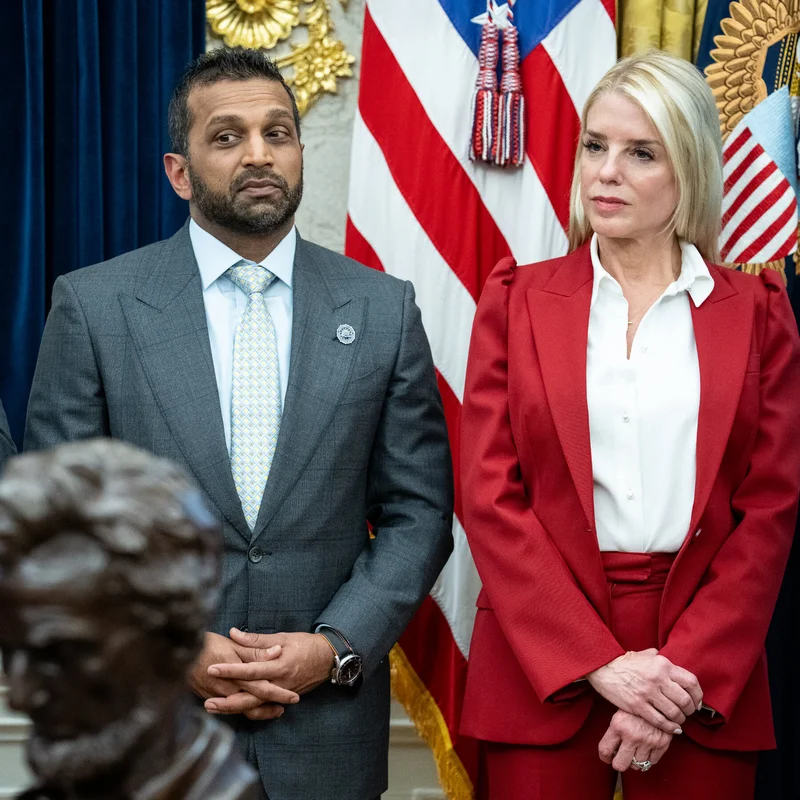Book Bans Have Become ‘Rampant and Expected,’ Report Reveals
A shocking new report from free speech advocacy group PEN America reveals that book bans in U.S. public schools have escalated to such levels that they are now considered a “routine and expected part of school operations” in many states. The organization tracked educational censorship efforts across 45 states over the past four years, warning that Americans are becoming dangerously desensitized to the erosion of intellectual freedom.

“Numbness” Toward Censorship Is the Real Danger
“There’s this numbness we have,” said Kasey Meehan, director of PEN America’s Freedom to Read program, “toward not just book bans, but restrictions on education that are showing up in many ways across our public school system.”
The normalization of censorship, the report warns, poses a long-term threat to democratic values, student autonomy, and inclusive education.
States with the Highest Number of Book Restrictions (2021–2025)
| Rank | State | Reported Book Bans | Primary Themes Targeted |
|---|---|---|---|
| 1 | Texas | 1,200+ | LGBTQ+ identities, race, history |
| 2 | Florida | 950+ | Gender, sexuality, social justice |
| 3 | Missouri | 620+ | Contemporary fiction, mental health |
| 4 | Utah | 480+ | Sex education, diverse voices |
| 5 | Oklahoma | 410+ | Historical narratives, feminism |
Most Frequently Banned Books (2024–2025)
- A Court of Mist and Fury by Sarah J. Maas
- Last Night at the Telegraph Club by Malinda Lo
- Breathless by Jennifer Niven
- Sold by Patricia McCormick
- A Clockwork Orange by Anthony Burgess
Why This Matters for Education and Democracy
Book bans disproportionately impact marginalized students by removing stories that reflect their identities and experiences. [INTERNAL_LINK:Education] experts argue that limiting access to diverse literature stifles critical thinking and reinforces systemic inequities.




